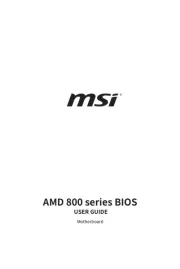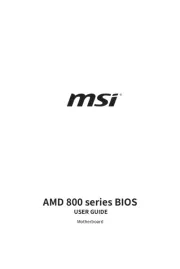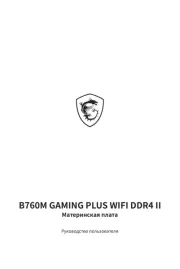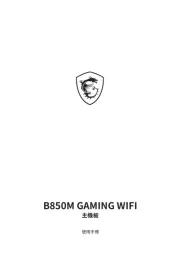Gigabyte GA-H61M-D2P-B3 Manual
Læs gratis den danske manual til Gigabyte GA-H61M-D2P-B3 (40 sider) i kategorien Bundkort. Denne vejledning er vurderet som hjælpsom af 14 personer og har en gennemsnitlig bedømmelse på 4.6 stjerner ud af 7.5 anmeldelser.
Har du et spørgsmål om Gigabyte GA-H61M-D2P-B3, eller vil du spørge andre brugere om produktet?

Produkt Specifikationer
| Mærke: | Gigabyte |
| Kategori: | Bundkort |
| Model: | GA-H61M-D2P-B3 |
| Bredde: | 244 mm |
| Dybde: | 200 mm |
| Ethernet LAN-porte (RJ-45): | 1 |
| Antal USB 2.0-porte: | 6 |
| Udgange til hovedtelefoner: | 3 |
| Lyd-output kanaler: | 7.1 kanaler |
| Strømkilde type: | ATX |
| Maksimal intern hukommelse: | 16 GB |
| On-board grafikkort: | Ja |
| Mikrofonindgang: | Ja |
| Kompatible operativsystemer: | Windows 7/Vista/XP |
| Processorproducent: | Intel |
| Antal VGA-porte (D-sub): | 1 |
| Ethernet-grænsefladetype: | Gigabit Ethernet |
| Komponent til: | PC |
| Netværksfunktioner: | Gigabit Ethernet |
| Perifere (Molex) strømstik (4-pin): | 1 |
| Antal PS/2-porte: | 2 |
| Processor sokkel: | LGA 1155 (Socket H2) |
| PCI Express x16 slots: | 2 |
| Understøttelse af parallel behandlingsteknologi: | Ikke understøttet |
| Kompatibel processor serie: | Intel Celeron,Intel Pentium |
| Bundkort chipsæt: | Intel® H61 |
| Antal hukommelsesstik: | 2 |
| Ikke-fejlkorrigerende kode: | Ja |
| Understøttede hukommelsesclock-hastigheder: | 800,1066,1333 Mhz |
| LAN Kontroller: | Realtek RTL8111E |
| Hukommelseskanaler: | Dual-channel |
| USB 2.0-stik: | 2 |
| Antal SATA stik: | 4 |
| CPU-ventilatorstik: | Ja |
| ATX strømstrik (24 stikben): | Ja |
| Lydstik på frontpanel: | Ja |
| Antal SATA II stik: | 4 |
| Antal DVI-D-porte: | 1 |
| Motherboard form faktor: | micro ATX |
| BIOS-type: | AWARD |
| BIOS-hukommelsesstørrelse: | 32 Mbit |
| ACPI-version: | 1.0b |
| Hukommelsesspænding: | 1.5 V |
| Controller-grænsefladetype: | iTE IT8728 |
| PCI-slots: | 2 |
Har du brug for hjælp?
Hvis du har brug for hjælp til Gigabyte GA-H61M-D2P-B3 stil et spørgsmål nedenfor, og andre brugere vil svare dig
Bundkort Gigabyte Manualer



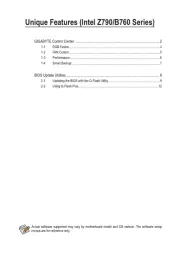

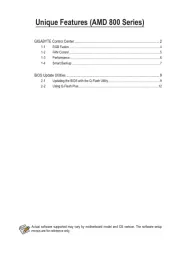




Bundkort Manualer
- ECS
- Advantech
- Festo
- Foxconn
- AOpen
- Evga
- Zotac
- Biostar
- Sapphire
- EPoX
- Intel
- Elitegroup
- MSI
- Sharkoon
- Raspberry Pi
Nyeste Bundkort Manualer






